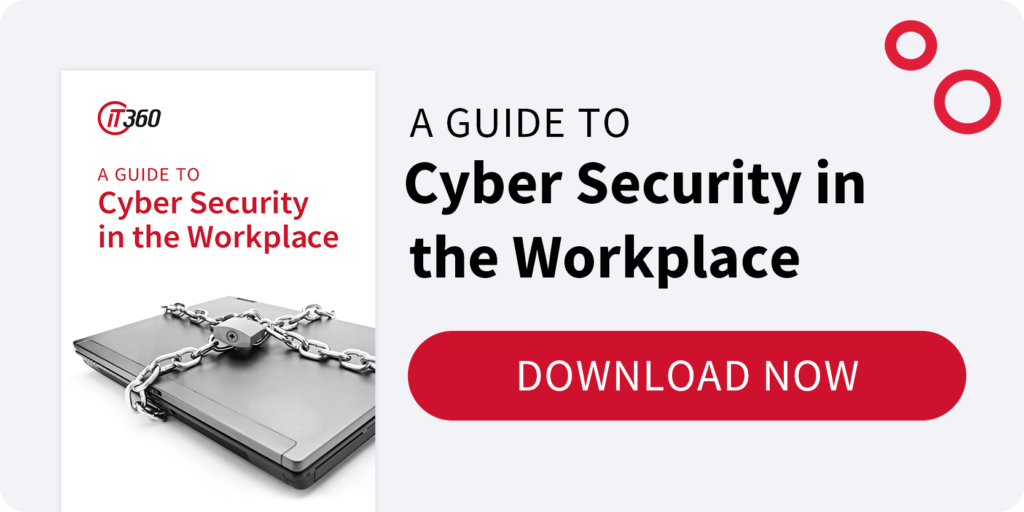In a lot of small-to-medium-sized businesses, where IT budgets are typically tight, it is quite common for upgrades and improvements to be made only when there is an emergency – for example when current systems get overloaded, old software or hardware fails, or there isn’t the right technology available to employees.
And even when the problem is discovered, usually the solution (because of time or budget constraints) is just a patch or a quick fix.
Read more: Why Business Intelligence is changing the face of SME business
Sure, in the short-term this provides the desired effect, but long-term, what does it mean for your business?
It means you have systems and processes that aren’t robust or future-proofed because it is likely the same thing will occur in another few years, where you will find your business in the same situation again – and that is neither productive or cost-effective.
So if 2020 is the year to bring your businesses IT systems up to date, then follow these steps below.
5 Steps to Bring New Technology in Your Business
Step 1: Prioritise
First, you need to prioritise what is most important for your business – is it new hardware that is most needed to carry out your operations, or is better software required to improve your output?
You probably can’t do everything at once – so it is important to concentrate on the most urgent priority and then work your way down the list. This way it won’t feel as overwhelming either, and you can make sure you don’t blow the budget in the first few months of the year.
Step 2: Reverse engineer
Once you know what technology it is that you need, it is a good idea to reverse engineer from the ideal goal, to how you will actually reach it. Otherwise, you could just end up with another piece-meal approach that often occurs from things not being planned out properly.
If you have a business of 100 staff, and you would like to equip everyone with a new computer, then that might not be achievable right away. You should find out how much the total cost is going to be, work that into your budget over a 12 to 24 month period (or whatever works for your business), and have a solid set out plan of how the implementation of the new technology into your company will occur.
Calculating ROI is always a good idea for any business too, as you want to know how what you are doing is actually making a difference to your organisation (and for reporting purposes to shareholders/governance boards).
Step 3: Softly, softly
This is about remaining patient and understanding that technology changes in your business will most likely take a bit of time. Remember, you can’t do everything at once, but that shouldn’t stop you from starting somewhere, and then taking the softly, softly approach to furthering your plans and changes for the business.
Step 4: Get expert input
If IT isn’t your area of expertise, find someone who knows their stuff.
These types of decisions aren’t ones you should make on your own, without the guidance of someone who can point out all the possible pros and cons to what you want to do.
Engage with an IT professional who can provide some valuable opinions on implementing new technology into your business.
Step 5: Follow best practices
Time to bring on the new IT systems in your business? In this article here from Archive Systems, it says you should follow three best practice guidelines to getting the most out of implementing new technology.
1. Set SMART on-boarding goals
Ensure you get the most out of your technology by identifying SMART (specific, measurable, attainable, results-orientated and time-bound) goals and then pair them with your business metrics.
2. Make it accessible
Everyone learns differently, meaning different learning styles, at a different pace, and with different needs.
Make sure your training for the new software meets the variation in learning needs and is also accessible when your employees need it .
3. Blend your training
For the best results from your on boarding, always blend your training. By providing a combination of in-person and online support for your employees, you will be able to make the most of the time and dollars spent in-person with a trainer.
———
Keen to understand more about Cyber Security in the Workplace? Download our latest eBook – it’s FREE!



